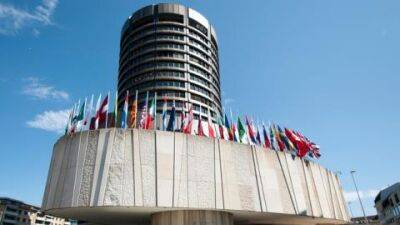Alarm over sharp rise in Airbnb listings in coastal areas of England and Wales
A sharp rise in the number of Airbnb listings in coastal areas of England and Wales has prompted fears that some seaside areas will become “theme parks for the wealthy”.
The number of “entire places” for rent in coastal spots in England and Wales increased by 56% between 2019 and 2022, compared with 15% in non-coastal areas, according to analysis.
The rise means coastal areas now have three times the rate of Airbnb listings per dwelling than in non-coastal areas, up from twice the rate pre-pandemic.
Housing campaigners say the trend indicates that landlords in popular seaside towns and quiet coastal getaways may be favouring tourists over tenants at a time when many such communities are being hit by rising living costs, mortgage and house prices.
“Tourists don’t want to visit ghost towns. And most people can’t afford to live in a theme park designed for wealthier visitors,” said Will McMahon, the director of the charity Action on Empty Homes, who coordinated the Action on Short Lets campaign.
He added that the current situation “ultimately kills the very communities that were once considered to be part of the attraction to visitors”.
The analysis, which calculates the number of Airbnb listings advertised as an “entire place” for rent – as opposed to a room in a house or a shared room – as a rate of local housing stockin statistical reporting regions known as middle-layer super output areas, found that in May 2019, one in every 105 dwellings in coastal areas in England and Wales were advertised as an Airbnb.
In May 2022 it was one in every 67 coastal dwellings, while in inland locations it was one in every 196 properties, according to Inside Airbnb, a non-commercial project that aims to highlight the impact of the service on
Read more on theguardian.com


 theguardian.com
theguardian.com
















